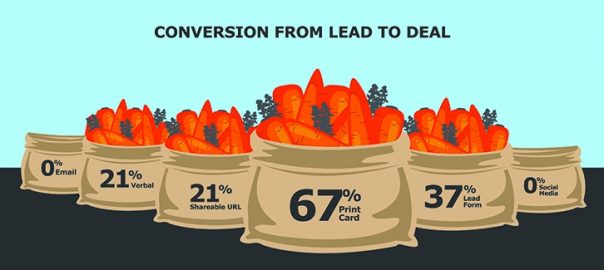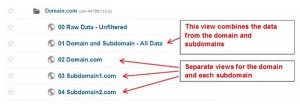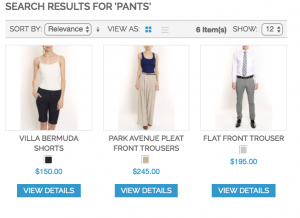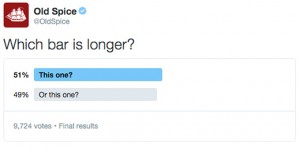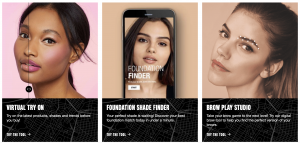— August 14, 2017
![What Types of Partner Referrals Are Driving New Deals? [Infographic] What Types of Partner Referrals Are Driving New Deals? [Infographic]](https://www.onlinesalesguidetip.com/wp-content/uploads/2017/08/What-Types-of-Partner-Referrals-Are-Driving-New-Deals.jpg)
Companies who have implemented referral partner software to automate partner referrals and incentives are using it to help meet growth objectives by leveraging smaller partners, qualifying potential resellers and continue to get revenue from resellers who can’t transform to a SaaS delivery model. And as more companies start to diversify partner relationships and automate this process it is interesting to investigate not only how partners are using referral programs but the success partners are having with different types of referrals.
The data used here comes from the new benchmarks report, The State of Business Partner Referral Programs. These benchmarks are a result partner referrals made in business partner referral programs run on the Amplifinity platform.
What type of referral methods are companies providing referral partners?
Out of the six referral methods, the inclusion of these methods are the following:
- 100% include lead form
- 50% include email
- 50% include verbal referral
- 50% include shareable URL
- 30% include social media
- 10% include print cards
It is no surprise that every program included lead forms since this is a common method of lead submission for any type of partner program. But while this insight is a great way to understand how companies are enabling partner referrals, better indicators of effectiveness of partner referral methods are the actual use of these methods by partners and the relative conversion rates.
What referral methods are referral partners using the most?
It is clear that the correlation between the inclusion of a referral method in partner referral programs are directly correlated with referral partners use. However, looking at how partner referrals are most likely to happen is a data point that gives a great deal of insight into partner preferences and what type of methods should be included in a partner referral program. The following show what referral methods were most used by referral partners:
- 81% use lead form
- 13% use social media
- 3% use verbal
- 2% use shareable URL
- 1% use email
- <1% use print cards
Logically, lead forms are most used as they are included in 100% of partner referral programs. But what becomes interesting is the second most used referral method. Social media comes second in use even though it was only included in 30% of programs. Verbal, shareable URL and email fall closely together in use but fall far below the use of social media even though they are all offered 20% more than social media. You could say social media is so popular because it is an easy way to directly refer. But if that was the case, then shareable URL should be of higher use than social media since it is just as easy to directly refer someone and included in more programs. The difference is that social media can just as be a general blast out to all contacts without having a specific person in mind. This makes it easier to use and allows referral partners to continue to refer especially if a partner doesn’t have a specific referral with a need for the company’s product or service. But easy isn’t always better, especially for partner referral programs. When it comes down to it, it is all about the conversions.
Which partner referrals are converting to deal?
Moving from highest use to highest converting, you may notice that two methods are missing from the list – email and social media. These have no conversions. With social media having the second highest use, but no conversions, it proves that general blast doesn’t work in driving deals from referral partners. This is because the referral loses the power influential power of the one-to-one relationship when this happens. To try and correct this, train referral partners on the right way to make referrals and how to make one-to-one referrals through social media.
The following is the rate at which the rest of the partner referral methods converted:
- Print cards – 67%
- Lead form – 37%
- Shareable URL – 21%
- Verbal – 21%
While print cards came have an amazing conversion rate this must be taken relative to use and inclusion. If you remember, print cards were only included in 10% of programs and have less than 1% of use. But print card partner referrals also happen when there is a face-to-face interaction. It is a powerful form of partner referrals. Try to train partners on when to use print cards so they can take advantage of this conversion rate. They will be appreciative for the help and the extra commission it brings.
Lead forms have a solid and reasonable conversion rate that goes along with the rest of the data. While verbal referrals still have a very good conversion rate it was only used 3% of the time. With verbal referrals now being automated and trackable, I predict that the use will increase in the coming years and therefore the relative conversion rate.
Start visualizing partners’ referral process and discover how to grow partner referral conversions:
![What Types of Partner Referrals Are Driving New Deals? [Infographic]](https://www.onlinesalesguidetip.com/wp-content/uploads/2017/08/What-Types-of-Partner-Referrals-Are-Driving-New-Deals--Infographic.jpg)
Digital & Social Articles on Business 2 Community
(76)
